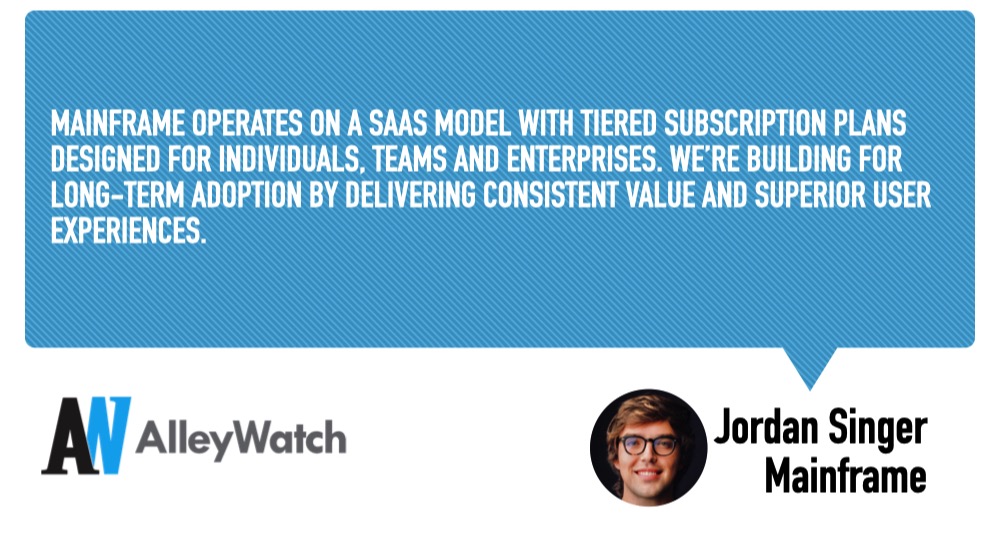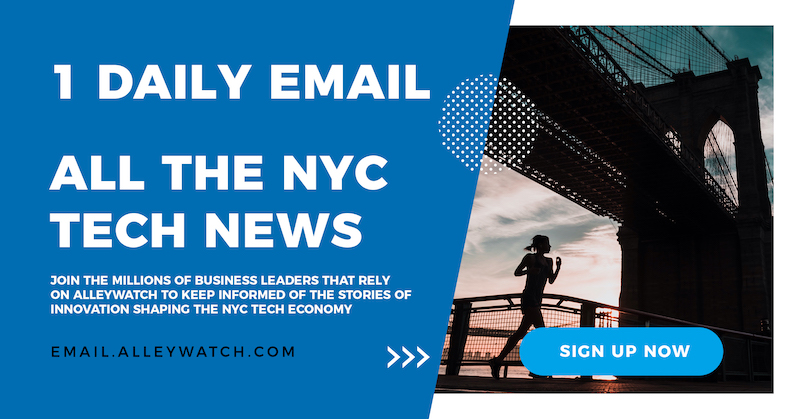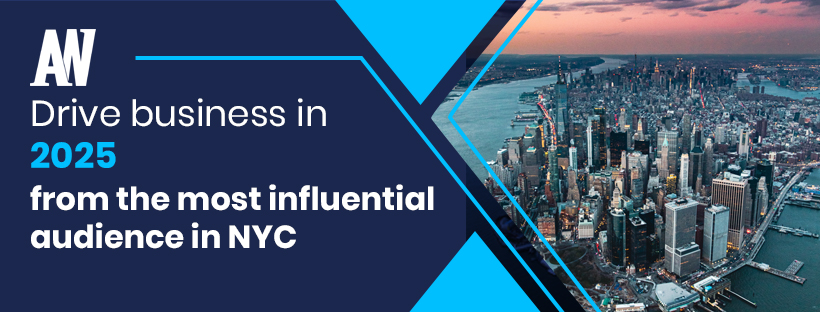The way we interact with computers hasn’t fundamentally changed in decades, even as software has grown increasingly powerful and complex. In today’s work environment, professionals spend countless hours manually operating tools that simply wait for instructions, creating significant friction in daily workflows. Mainframe is reimagining this human-computer relationship with its debut product Cobot, a generative AI assistant that proactively collaborates with users instead of passively waiting for commands. Operating in the $60B+ productivity software market, the company combines advanced AI capabilities with elegant, user-centric design to create tools that feel less like traditional software and more like trusted partners. By anticipating user needs and streamlining repetitive tasks, Mainframe’s technology promises to transform how people work, allowing them to focus on more meaningful activities while their AI assistant handles the routine operations that typically consume valuable time.
AlleyWatch caught up with Mainframe CEO and Cofounder Jordan Singer to learn more about the business, the company’s strategic plans, recent round of funding, and much, much more…
Who were your investors and how much did you raise?
We recently raised an oversubscribed $5.5M seed round co-led by Lachy Groom and Peter Boyce (Stellation). We were fortunate to have participation from a roster of exceptional angel investors, including Akshay Kothari (Notion) and product leaders from Adobe, OpenAI, Stripe, and Vercel.
Tell us about the product or service that Mainframe offers.
Mainframe is reimagining productivity with our first product, Cobot, a generative AI assistant that doesn’t wait for instructions but actively collaborates with users. Cobot anticipates your needs, streamlines workflows, and removes the friction that comes with traditional tools, helping you focus on what matters most.
What inspired the start of Mainframe?
 The core ways we interact with computers haven’t kept pace with technological advancements. While software has grown more powerful, it’s still reactive – requiring manual input at every step. I wanted to create something that fundamentally changes how we engage with technology, making it smarter, more proactive, and seamless.
The core ways we interact with computers haven’t kept pace with technological advancements. While software has grown more powerful, it’s still reactive – requiring manual input at every step. I wanted to create something that fundamentally changes how we engage with technology, making it smarter, more proactive, and seamless.
How is Mainframe different?
Mainframe bridges the gap between advanced AI and intuitive design. Unlike other tools that simply automate tasks, Cobot works as a collaborative partner and actively anticipates user needs. We also focus on design and usability, ensuring our tools feel as elegant and enjoyable to use as they are powerful.
What market does Mainframe target and how big is it?
We’re targeting the productivity software market, which is estimated at over $60B globally and growing. The rise of hybrid work and AI adoption makes this an incredibly exciting and expansive space.
What’s your business model?
Mainframe operates on a SaaS model with tiered subscription plans designed for individuals, teams, and enterprises. We’re building for long-term adoption by delivering consistent value and superior user experiences.

How are you preparing for a potential economic slowdown?
We’re staying lean and focusing on building products that deliver undeniable value. Tools that save time and improve efficiency tend to perform well in any economic environment, and we’re committed to making Mainframe indispensable for our users.
What was the funding process like?
The process was both validating and fast-paced. We focused on presenting a clear vision for how Mainframe can redefine human-computer interaction and back it up with a compelling roadmap. Our investors were excited about the intersection of AI, design and productivity that we’re tackling.
What are the biggest challenges that you faced while raising capital?
Educating investors on the uniqueness of our approach – combining proactive AI with design-forward software – was key. Many tools claim to be “intelligent,” but we had to demonstrate how Cobot truly stands apart by functioning as a collaborative partner, not just another assistant.
What factors about your business led your investors to write the check?
It came down to our vision, the team’s expertise, and the growing demand for proactive productivity solutions. Investors saw potential not just in our technology but in our ability to create a transformative user experience that resonates in a crowded market.
It came down to our vision, the team’s expertise, and the growing demand for proactive productivity solutions. Investors saw potential not just in our technology but in our ability to create a transformative user experience that resonates in a crowded market.
What are the milestones you plan to achieve in the next six months?
We’re focused on growing our team, refining Cobot for its official launch in the new year, and onboarding early users. Building strong foundations now will enable us to scale quickly in the near future.
What advice can you offer companies in New York that do not have a fresh injection of capital in the bank?
Prioritize what drives the most value for your customers. It’s easy to get distracted, but in tough economic times, efficiency and clarity of purpose are everything. Build for the long term and show investors a clear path to ROI.
Where do you see the company going in the near term?
In the near term, we’re laser-focused on making Cobot the go-to tool for professionals and teams looking to unlock new levels of productivity. Beyond that, we’re laying the groundwork for a broader suite of next-generation AI-driven solutions.
What’s your favorite fall destination in and around the city?
The Brooklyn Botanic Garden is one of my favorite fall spots. The foliage, peaceful pathways, and seasonal highlights like the Japanese Garden create the perfect setting to unwind and recharge right in the heart of the city.





